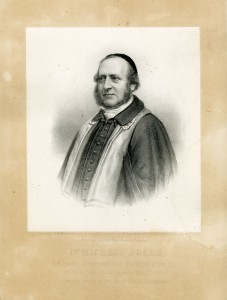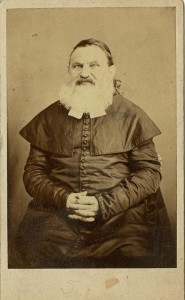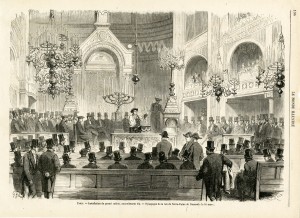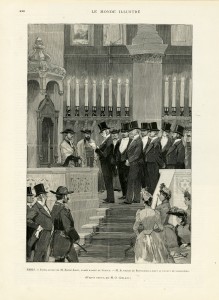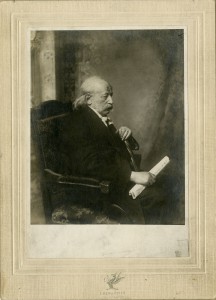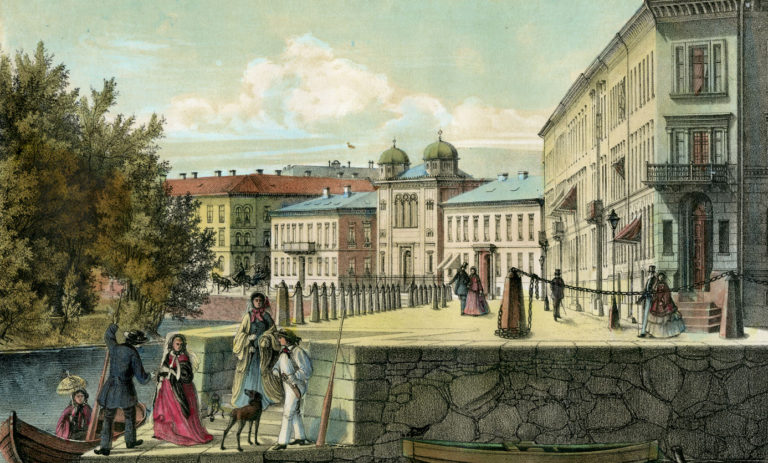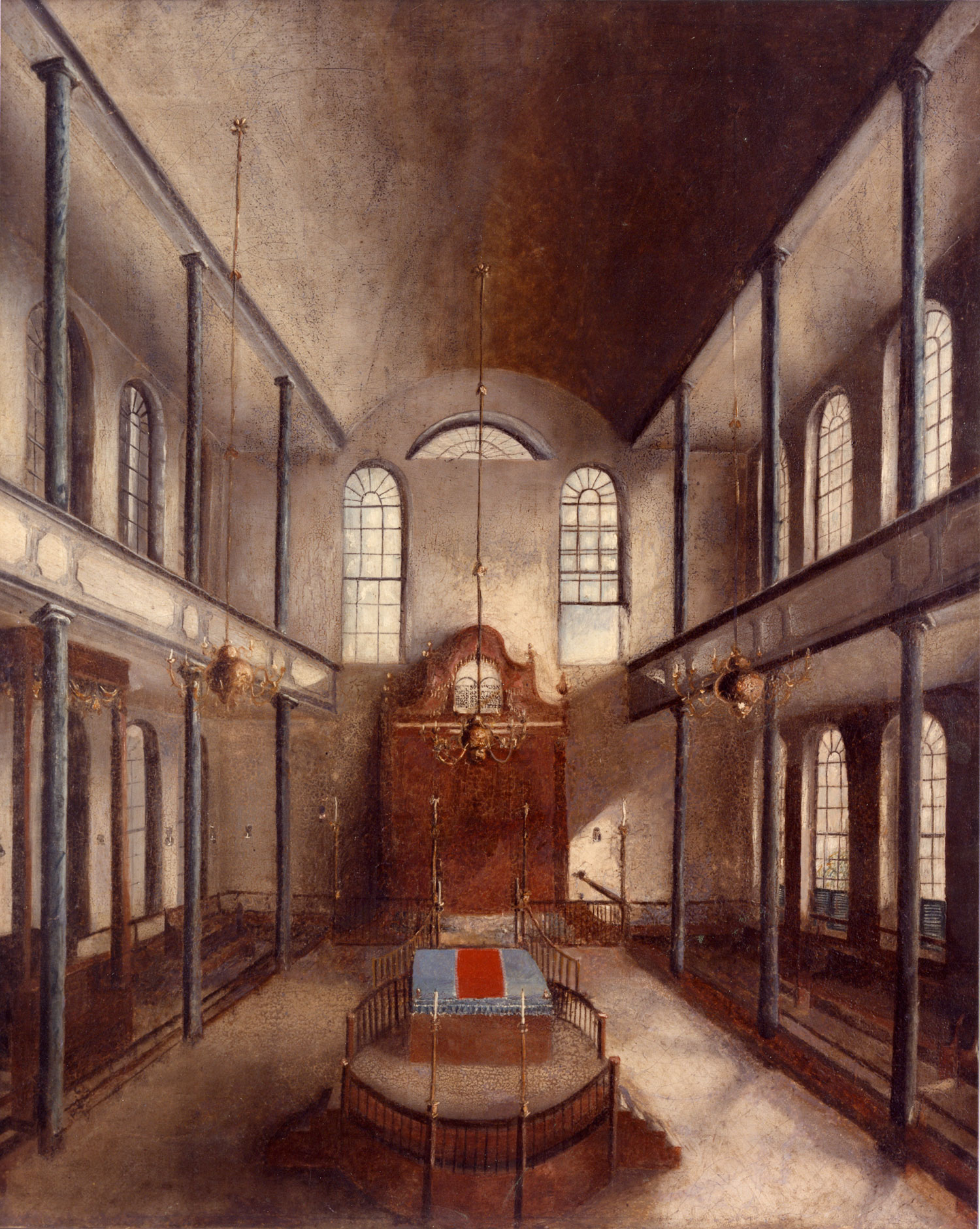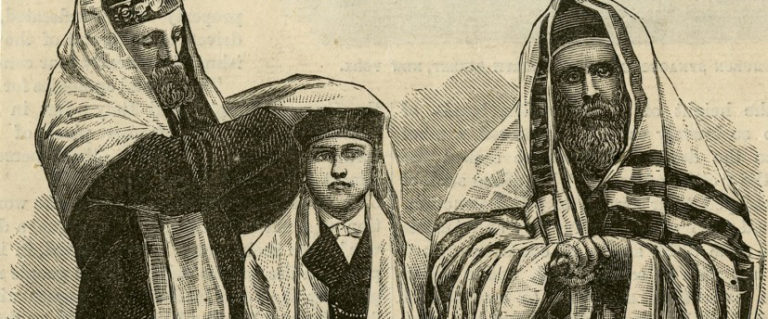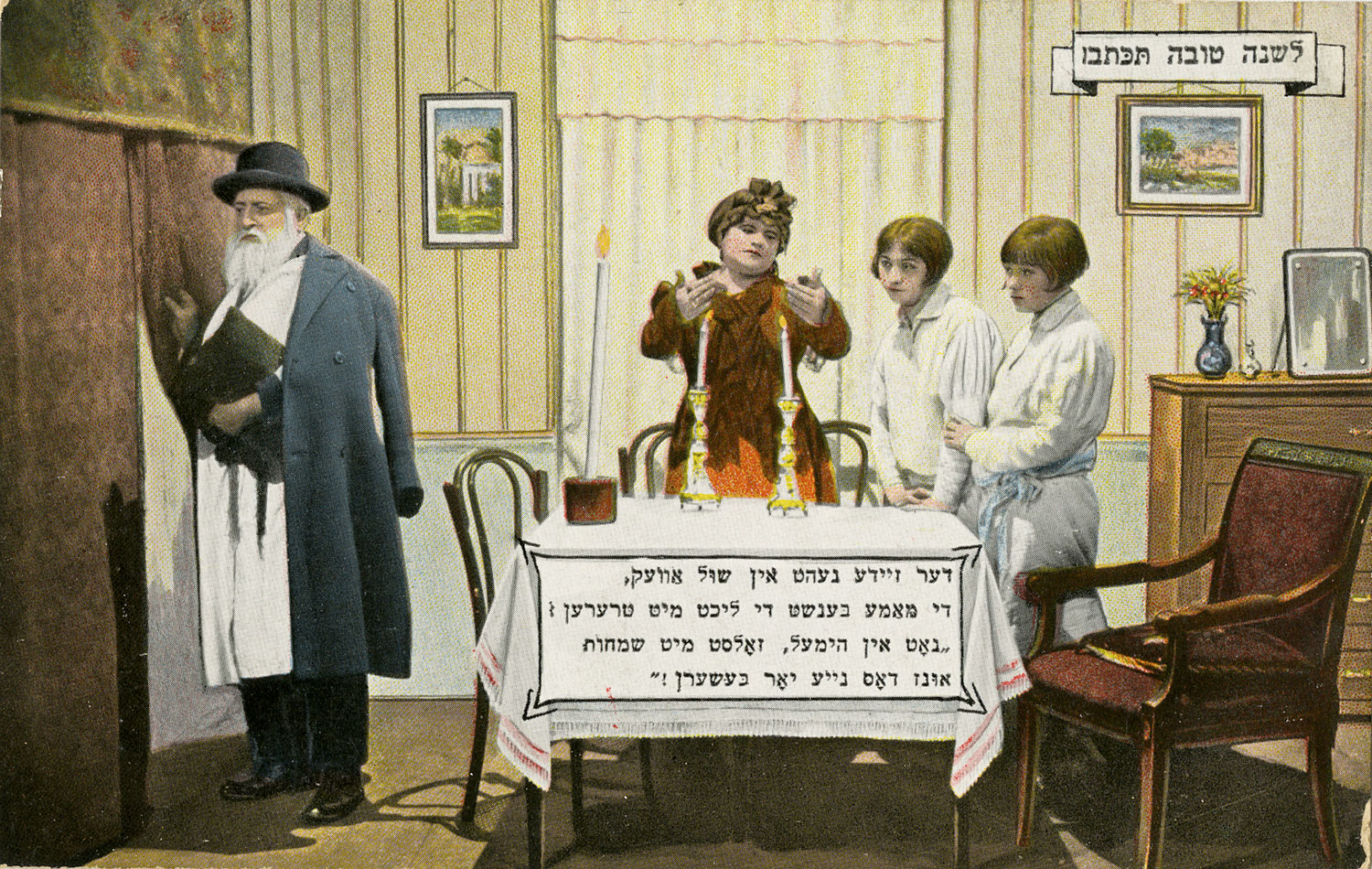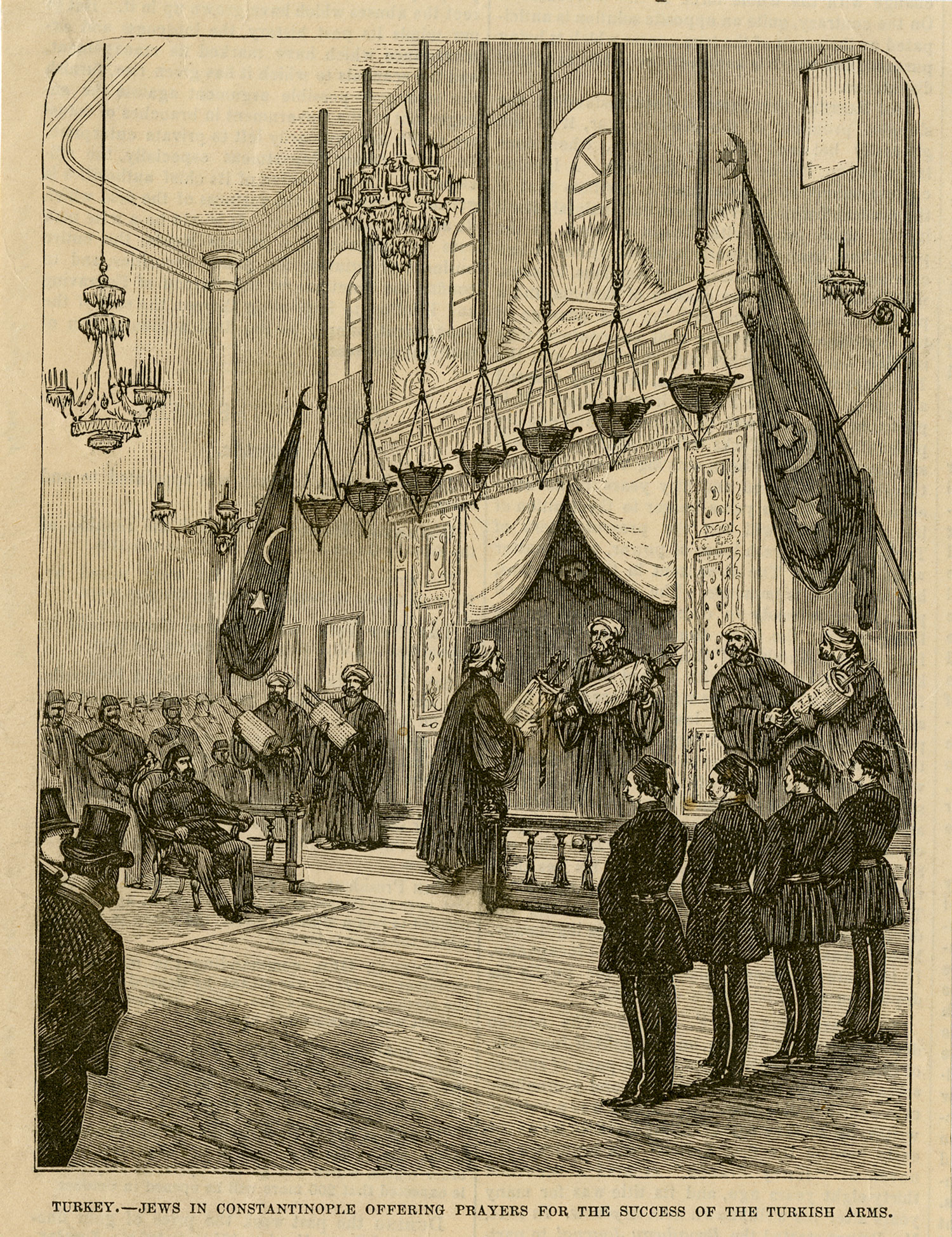Section 4. Rabbis
Today we associate the office of rabbi with the synagogue, and we expect most congregations to employ rabbis as their spiritual leaders. Before the 19th century, however, this was not usually the case. Rabbis traditionally were hired by communities rather than congregations to oversee teaching and interpretation of Jewish law. They were primarily judges and community leaders.
Beginning in the 16th century, Jewish communities developed a growing stratum of religious functionaries charged with performing specific tasks, administrating rituals, and creating community administrations. Rabbis would be hired to regulate Jewish behavior, including halakhic (Jewish legal) questions involving ritual, to oversee kashrut (preparation of kosher food), and to act as arbiters in family and business disputes. It was not uncommon for rabbis to move from city to city looking for better opportunities. Only gradually were rabbis associated with particular congregations within a city or region, serving individual synagogues. Rabbis often were charismatic celebrities, and congregations competed to attract them for short or long periods of public teaching and preaching.
As a consequence of the emancipation of European Jewry from the late 18th to mid-19th century, the role of rabbi was transformed, especially in Western and Central Europe. Rabbis gave regular sermons and provided moral and ethical leadership, as they played increasingly important pastoral roles in the community. In France, in 1808, a system of Chief Rabbis appointed by the state was imposed by Napoleon I to bring Jewish communal institutions and religious practices into conformity with the organization and practice of other accepted religions. Following the dedication of the synagogue, the installation of the Chief Rabbi was the most important non-festival occasion for a congregation. Even today, “Chief Rabbi” is a title applied in several countries to the recognized religious leader of that nation’s Jewish community, or to a rabbinic leader appointed by the local secular authorities.
In 19th-century Europe, especially in Germany, lively and bitter competition often swirled between traditional and reform-minded rabbis. Further east, there was less dispute between university-educated, secular-minded reformers and their traditional counterparts, but acrimonious debates raged between the so-called mitnagdim who defended the law and Talmud scholarship, and leaders of the Hasidic movement, who practiced a more charismatic and joyous form of worship. By the end of the century, three main streams of Judaism had emerged: Traditional Orthodox, Hasidic Orthodox, and Reform (also called Liberal, Progressive, or Neolog). Within each movement were many variants, each with its own cadre of rabbis. The divisions established in the 19th century still mostly apply today.



